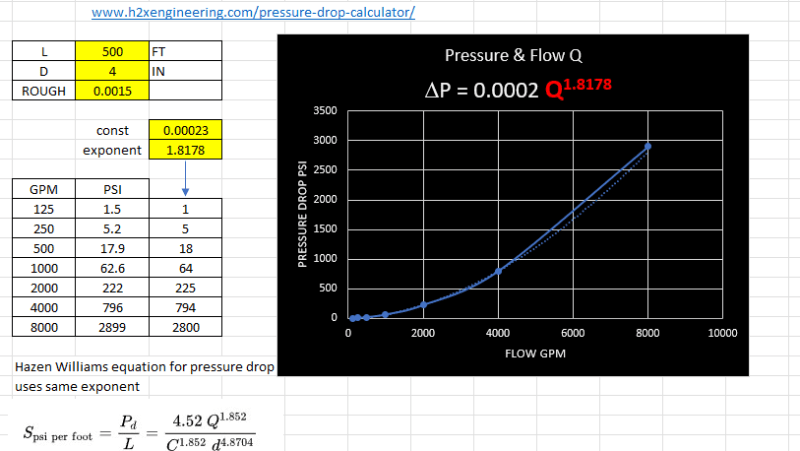EPANET is probably calculating the pump head that is needed for the increased flow rate caused by doubling the flow. Is it about 25-30% higher?
Found a better pipe flow calculator (that other one was rubbish) at
Running it doubling flow rates, the exponent value is 1.8178, so required head is almost squared with flow.
Doubling the number of pumps would double the flow, but they will still be producing the same old head, so you won't get double the flow into the pipe system, unless you can increase pump RPM.
But adding the new pump doubles the original flow, which increases system resistance by almost the square. So its not working unless you almost double the head. That will require you increase pump speed by 50%, actually around 40%.
If you double the pump RPM, head will increase to around 4 times previous, so you only need to increase speed by 40% or so just to double it.
H2 = H1/(N1/N2)^2
H2 = 1/(1/1.40)^2
H2 = 1/(0.71)^2 = 2 x H1
That will increse flow again. You will then have almost 3 times the original flow. Probably not what you want. You only set out to double flow. Does your pipe have the capability to carry twice the original pressure at almost 3 times the original velocity?
--Einstein gave the same test to students every year. When asked why he would do something like that, "Because the answers had changed."

